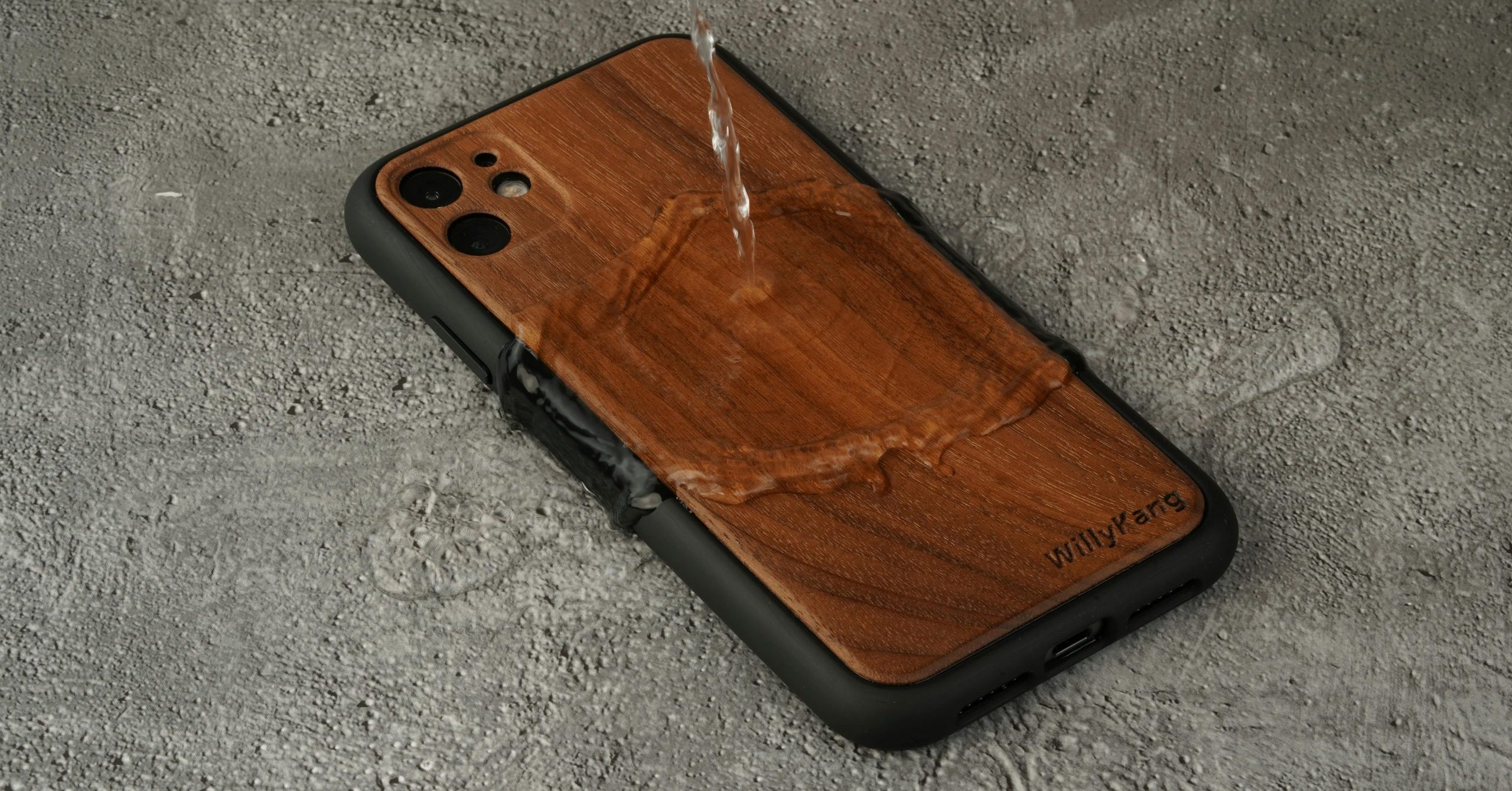In this article, we’ll break down what NIST 800-88 actually requires, why storage media of all types can defy expectations, and how verification services close the gap between intention and assurance.
How Waterproof is Your Phone?

By Will DeLisi, NAND Flash Recovery Specialist
Updated June 15, 2018
In short, it’s not. The market has become flooded (pun intended) with water-resistant phones, but it is important to remember that water-resistant is NOT the same as waterproof.
Don’t get me wrong—water resistance is AWESOME, especially when it comes to that handheld computer in your pocket that stores pretty much your entire digital life.
Water Damage is NOT Covered by Your Warranty
Here’s your first clue that you shouldn’t push your luck with your phone’s water resistance. Take a close look at the manufacturer’s warranty. At the date of this writing—no phone, water resistant or not—is covered for liquid damage by its warranty.
An extended care package that does cover water damage, such as AppleCare+, may be available for purchase. The standard warranty of every single smartphone out there is void if it comes into contact with liquid. Most have water damage indicators built-in, and engineers can tell if your phone suffered liquid damage when you send it in for repair.
How Far Can You Push It?
All water-resistant phones are given an IP Code that indicates how well that model has held up in controlled tests. It’s a good idea to know how your phone did. It’s also good to remember that these tests were performed in a controlled environment using fresh water. Ocean, lake and pool water may all have more damaging effects than the water used in testing.
In general, water resistance technologies help protect smartphones against normal wear and tear, such as spilling water on your phone or dropping it in the toilet (we all know someone who’s done it). They don’t, however, protect well against lengthy submersion or exposure to the water pressure that exists at greater depths.
In other words, while your phone might be fine if it falls into the pool for a minute, we wouldn’t recommend leaving it in there overnight and we definitely wouldn’t recommend scuba diving with your phone to take pictures of tropical fish.
What Can Compromise Your Phone’s Water Resistance?
The thing that makes a phone water resistant is the type and quality of the seals between parts of its casing. Any damage to the exterior of your phone—no matter how small or visible—will compromise the integrity of its water-resistant nature. For example:
- Dropping the phone onto a hard surface
- Cracking the screen
- Bending the phone even slightly (do you ever keep your phone in your back pocket and then sit on it? Don’t.)
Other scenarios that you may not even think of or know about can also affect how water resistant your phone is:
- A manufacturing defect
- Overly-dried-out seals (sometimes when a phone gets really old, is left in the sun or a hairdryer is used to dry it after its gotten wet, the seals can dry out. This compromises the integrity of the seal whether wet or dry)
- Refurbishment or other work done on the phone by a third-party such as a phone repair shop that is not manufacturer certified
Protecting Your Phone and What’s on it
Clearly, our first recommendation is not to get your phone wet in the first place, even if it claims to be water resistant. But there’s a reason why so many phones are being built with this feature today: people drop their phones in water. A lot. In fact, we see hundreds of water damaged phones come into DriveSavers for data recovery from around the world every month!
So what can you do to protect your phone and everything on it?
Back Up, Back Up, Back Up!
Yes—we say this a lot. That’s because you never know what might happen, whether your phone gets run over by a car, or dropped in the ocean after that water resistant seal has been cracked or otherwise compromised. Take a minute and think about what you have stored on your phone: photos, videos, notes, contacts and more. How would you be affected if you lost it all?
It’s true that DriveSavers has great success with every type of device with just about every type of damage, including water damaged phones. However, you can save yourself some stress by simply having a backup strategy that you regularly follow.
What should you do if your smartphone does get wet?
Never Charge a Wet Phone
If your phone does happen to get wet, make sure it is completely dry before you charge it. If any water has entered your phone in any way, the act of charging your phone will hasten any damage that may occur.
Dry your phone before charging using a dry towel or cloth. Don’t dry it in the sun or use a blow dryer, as this could damage the seals and compromise the integrity of your phone.
If your phone doesn’t work after being wet, you don’t have a backup and you need your data, call DriveSavers as soon as possible. The corrosion inside your phone has already begun and will only get worse from there.
Remove the Battery
If your phone has a removable battery (sorry iPhone users), you should remove the battery. If any water does get into your phone, an electric charge from the battery will cause corrosion to occur more quickly.
If the phone is still working after getting wet, simply dry the phone and battery well with a dry towel or cloth and then let it air dry before returning the battery to the phone.
Weirdness After Water
If your water resistant phone turns off by itself or otherwise starts acting differently after exposure to water or other liquid, then you can be fairly certain that whatever got it wet also got inside.
If you can, back up your phone immediately—it’s only a matter of time before your phone won’t turn on at all anymore and your window of opportunity will be closed.
If you can’t get a good backup of your phone or it won’t turn on anymore, then you have a decision to make:
- You already have a backup: Great! Sorry about your phone, but at least you have your photos, contacts, etc.
- You don’t have a backup: Uh, oh. If you want to save the data from your phone, you better get it to a smartphone data recovery expert like DriveSavers right away. The longer you wait, the more corrosion will occur to the delicate components inside your phone and the more difficult it will be to get a complete data recovery.
Further Reading
Check out these other articles about wet phones.
Wet Smartphone: to Rice or Not to Rice
Save Your Smartphone from Summer
Data Recovery will Still be Available with iOS 12 USB Restricted Mode
DriveSavers 1, Great Barrier Reef





